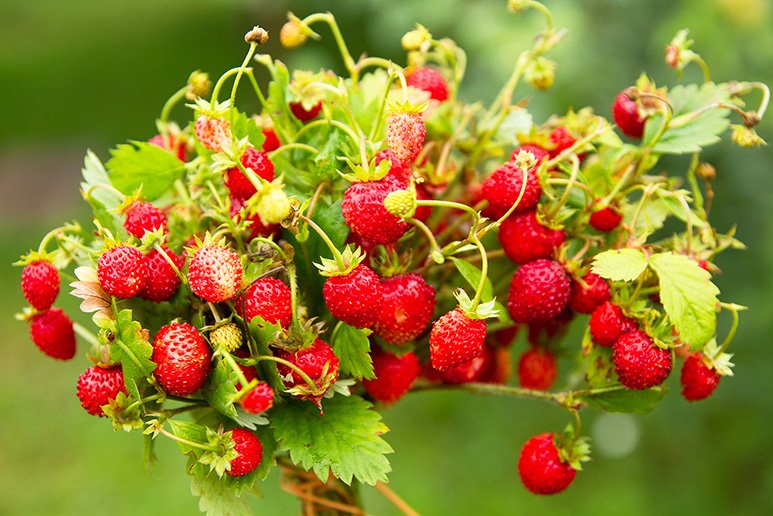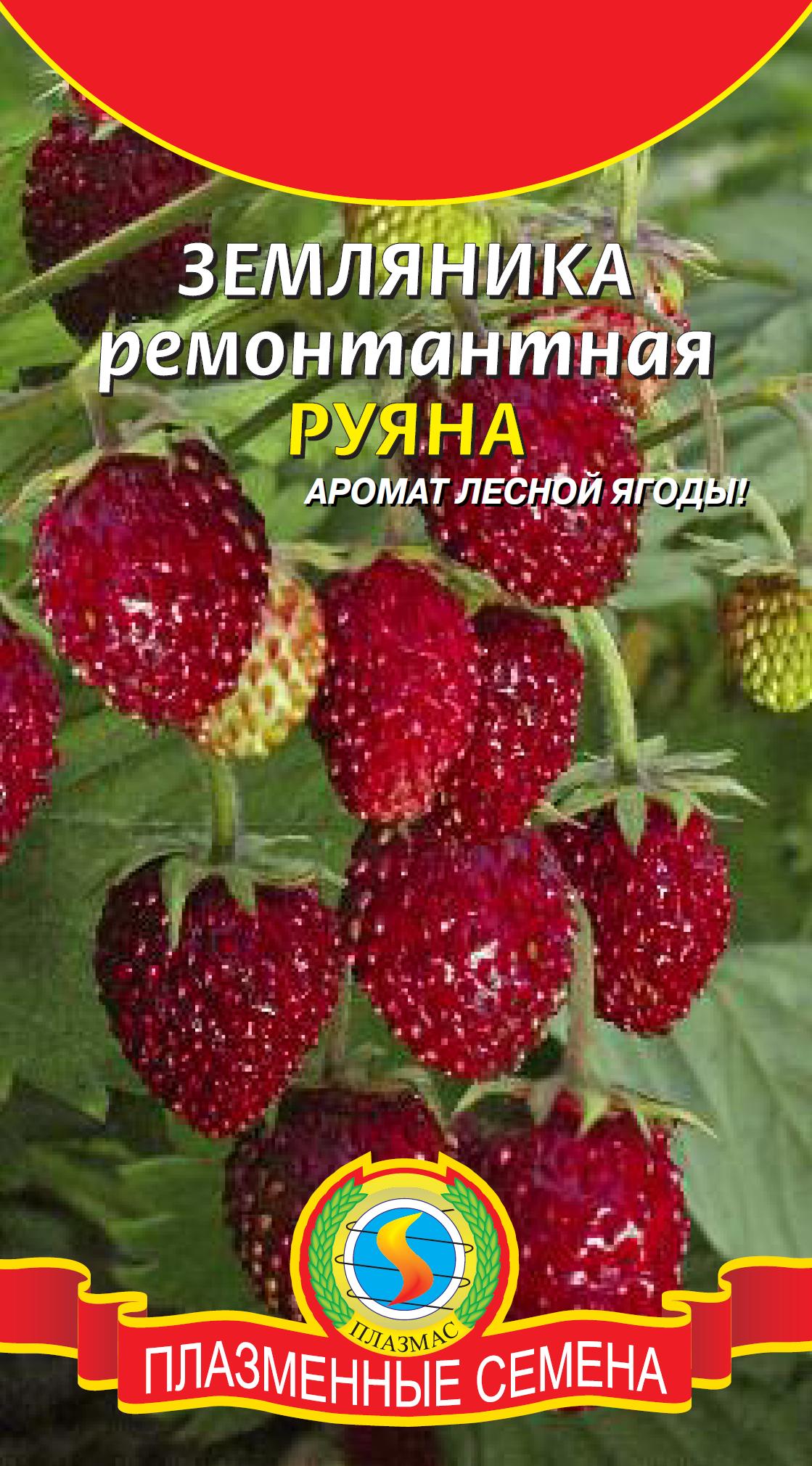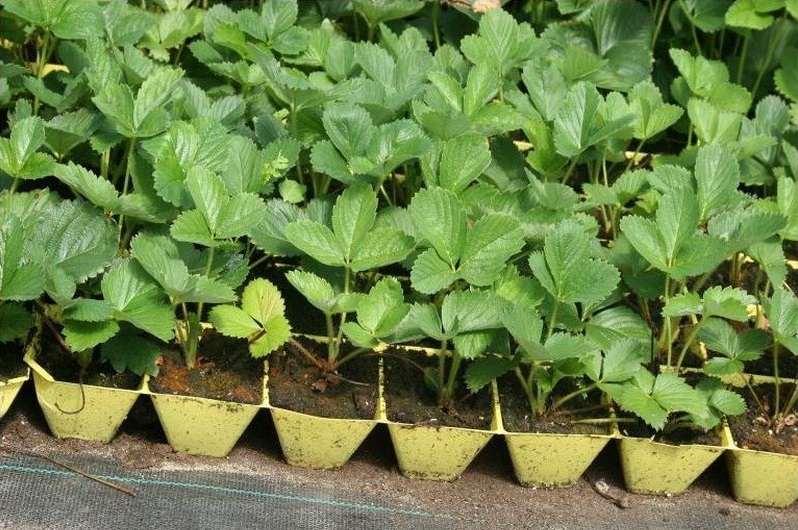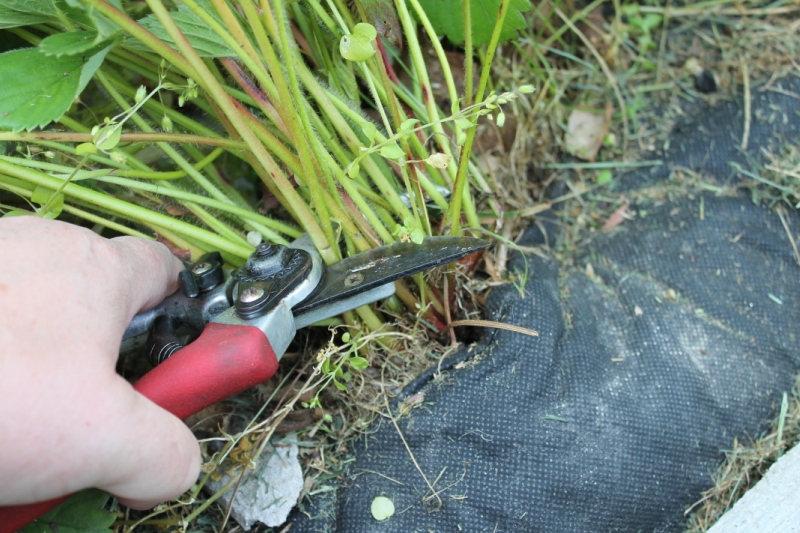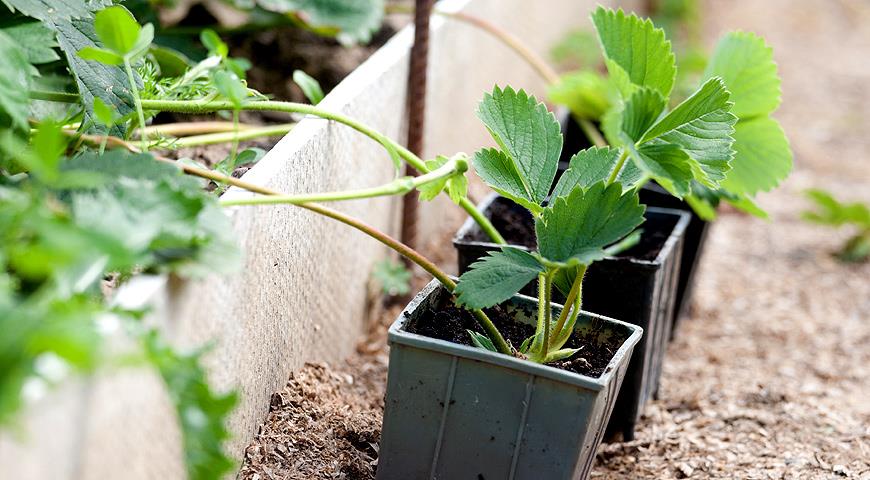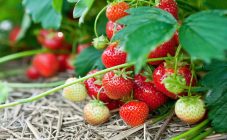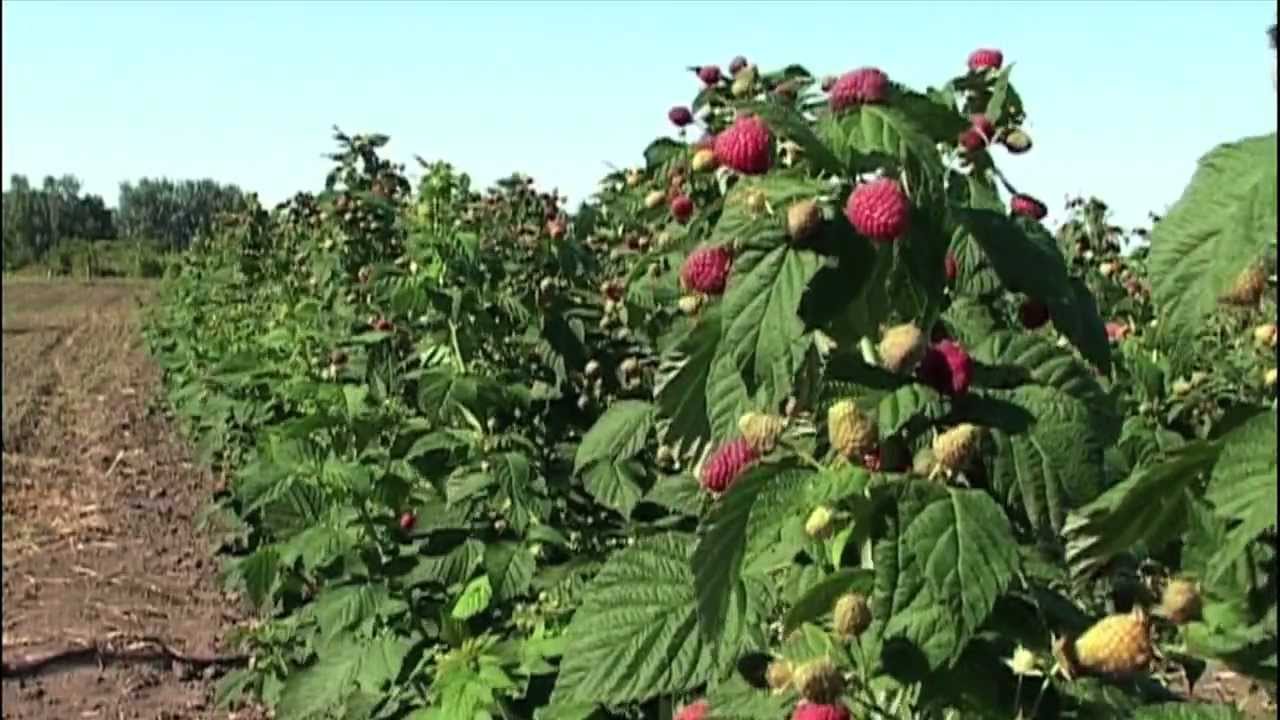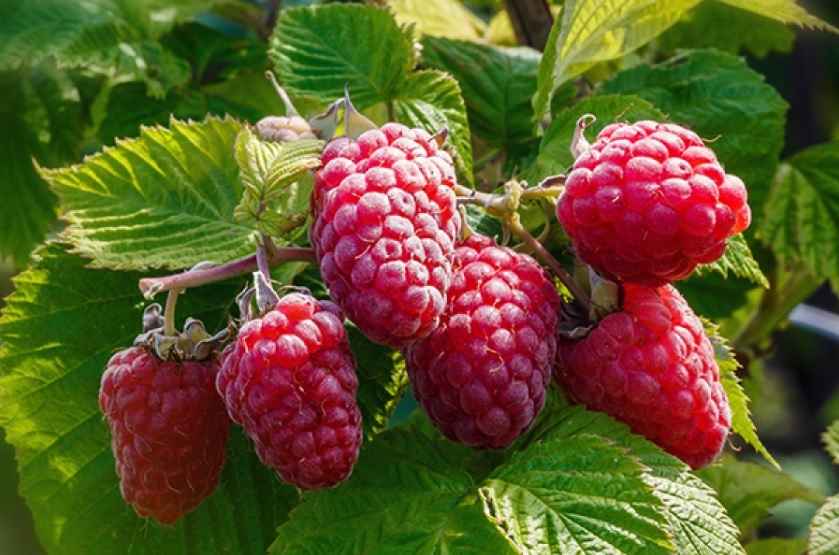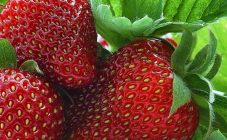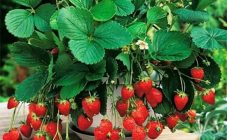Content:
The desire to have fresh strawberries on your table for a long time does not stop gardeners from facing difficulties. Some domestic varieties have a prolonged fruiting period, but there are some that bear fruit 2 times a season. Breeders are working in this direction, creating new varieties of berries that can bear fruit from the beginning of summer until the onset of frost.
Description of remontant strawberries
Repaired plants are those that can bear fruit throughout the growing season. Some berry plants (raspberries, strawberries, strawberries) have this feature.
All homemade varieties of garden strawberry remontant can be divided into 3 main groups, depending on the length of the day at which they form buds. There are long day varieties as well as short and neutral varieties.
The remnant strawberry, which is a type of long daylight hours, forms buds, regardless of the length of daylight hours. This period lasts from mid-May to mid-June. Fruiting occurs twice in the summer season. The first crop is harvested in July, the second can be expected in August-September. During the first fruitful period, the main part of the crop is harvested (from 60 to 90%). This collection is distinguished by the large-fruited berries.
Representatives of varieties of remontant strawberries, belonging to the type of long daylight hours, also ripen twice a season. The first time is in July, the last one is in August-September. But, unlike strawberries of the first type, such a plant during the first fruiting allows you to collect only a small part of the berries, while in August-September it is possible to collect from 60 to 90% of the total harvest. Productivity largely depends on the age of the strawberry bushes.
Representatives of neutral day varieties begin to bear fruit starting in spring until the end of the growing season. Their flowering is cyclical and begins every 6 weeks. As a result, it is possible to get 4 harvesting waves. This greatly increases its yield compared to other varieties.
Growing from seeds at home
You can grow remontant strawberries with seedlings purchased in a garden nursery. Also, remontant strawberries grow well from purchased seeds, planting and care are painstaking and require compliance with the moisture level of the soil substrate (70-80%).
After spreading the seeds on wet soil, they are covered with sand and lightly sprayed, the container is covered with glass or a cellophane bag. In central Russia, planting begins in mid-February, in warmer regions - 2 weeks earlier.
The soil should be slightly damp until emergence. The temperature in the apartment is maintained within 18-20 degrees Celsius. After 2 weeks, the first seedlings appear. After that, the container with the planted seeds is placed on the windowsill to provide access to sunlight.
Landing scheme
After the appearance of 2-3 leaves, the seedlings dive. This procedure is carried out approximately 45-60 days after sowing the seeds.Seedlings are transplanted into separate pots or into another box, leaving 5 centimeters between the plants, deepening by the same amount at which it grew in a common container.
2 weeks before planting in open ground, the seedlings are hardened. It is taken out into the air in the daytime in order to adapt to natural growing conditions. Only after that is it transplanted to open beds.
Outdoor planting
It is recommended to plant remontant strawberries after such crops:
- radish;
- legumes;
- beet;
- garlic;
- parsley;
- calendula;
- mustard.
You should not plant this plant on the ground on which it was previously grown:
- tomatoes;
- cabbage;
- potatoes;
- cucumbers;
- raspberries.
Planting seedlings in spring
Planting in open ground is carried out from the second decade of May. Planting of remontant strawberries before winter begins from the end of August until September. Planting and caring for garden remontant strawberries begins with soil preparation. For planting in the spring, soil treatment is done in the fall; when planting in the fall, the soil is prepared in the spring. To do this, they dig up the earth, add humus or compost, as well as wood ash.
About 30 days before planting the seedlings, fertilization is carried out: 20 grams of potassium sulfate and 40 grams of superphosphate are used per 1 square meter. You can use the finished preparation Kaliyphos (1 tablespoon per 1 square meter is enough).
Landing scheme
Planting seedlings in the ground is carried out in two main ways:
- Kovrov. With this method, a planting scheme is used, in which a distance of 20x20 centimeters is left between the plants.
- Private. Plants in a row should be planted at a distance of 20-25 centimeters, leaving a spacing of 70 centimeters.
Planting is carried out on a cloudy day. Preliminarily, holes are made on the soil and thoroughly watered, then a seedling is placed there (preferably together with a lump of earth). In one hole, 2 plants can be planted simultaneously.
How to care for remontant strawberries
Many gardeners are interested in the question of growing and caring for remontant strawberries. After planting seedlings in the ground, it is advisable to mulch the soil with straw, sawdust or needles. This helps to maintain soil moisture. For this purpose, cover the soil with black agrofibre.
Proper care of strawberries planted in open ground consists in watering, loosening the soil, and removing weeds. It is necessary to feed it in a timely manner, as well as to take measures to protect it from insect pests and diseases.
In early spring, ammonium nitrate is applied to areas with last year's strawberries. Then, at the beginning of summer, a second subcortex is carried out with ammonium nitrate.
In order to increase the number of fruits of remontant strawberries, the fruits are removed in autumn. Then the main autumn harvest will be much higher. But you should only take care of the bushes of one-year and two-year cultivation period.
After the summer harvest, the plants should be prepared for the second fruiting period. The soil cover should be loosened regularly. Also at this time, foliage is cut. In this case, the gardener must be careful not to remove the apical bud from the plant.
Watering
After planting, the seedlings are watered in 2-4 days. For last year's planting, the irrigation period begins from the end of April, if there is not enough rainfall.For May-June, another 3-4 waterings should be carried out. In the subsequent period, such strawberries are watered every 2 weeks. Care should be taken to keep the soil moist at a depth of 2-3 cm. Dry soil means watering is required.
Top dressing
If phosphorus fertilizers were applied during planting, then this amount will be enough for the plants for the season. Then humus is introduced in a volume of 2-3 kg per 1 square meter.
At the beginning of summer, strawberries are fertilized with 1-2% urea solution. When flower stalks appear, the beds are watered with a solution of chicken manure (8-10 parts of water). For one summer season, about 10 complex dressings are required. They are carried out until late autumn.
For strawberries, you can also use ready-made fertilizers: Kemiru, Crystallin or Solution.
Transplanting remontant strawberries
There is no point in transplanting remontant strawberry bushes. Because her bushes live no more than two or three years, despite the very good care of her. But if the question arose about replanting them, then this should be done in the fall, no later than 20 days before frost.
If such a transplant is carried out in the spring, then remontant strawberries will not have time to give a summer harvest. If plants that have released flower stalks are transplanted, then it is recommended to remove them from the bushes in order to accelerate adaptation.
Reproduction
In addition to breeding remontant strawberries by planting seedlings, it is propagated with a mustache. If it is necessary to enlarge the bed of remontant strawberries with the help of a mustache, its second harvest of the year will suffer.
During fruiting, for the first time in the summer, the most developed and strong bushes should be determined. Then their mustache is laid out in grooves made nearby. Other mustaches are cut from the mother bush.
A significant procedure, done one week before the time the transplant is scheduled, is to trim the mustache associated with the mother's bush.
You can also propagate remontant strawberries by dividing the bush. This method is used if there is not enough planting material. For this, they dig out strong plants with a large root system. These are bushes from 2 to 3 years old. They are dug up in early spring or in autumn and divided into separate horns. Then they are planted in the soil in the usual way.
Secrets of planting curly strawberries
Any strawberry in which fruits are formed on a mustache can be curly. There are quite a few such varieties. It is grown both as a decorative type and for obtaining berries. It can be grown in open beds, as well as in greenhouses, on balconies and even in a room.
In these varieties, the mustache can be placed on a vertical structure or in such a way that it falls down. Curly strawberries are easy to care for. She does not need frequent weeding, and when harvesting, she does not need to bend low to the ground.
As a disadvantage of this variety, you can point out the need for frequent watering, as well as more complex preparation for winter time.
Growing remontant strawberry Delitsian
One of the new varieties of remontant strawberries is Delitsian. It is bred by American breeders. It is a large-fruited variety with an abundant and long-term fruiting period, which lasts almost until the onset of frost. Also, this variety can be grown at home in a special container.
The berries are very sweet. The weight of one fruit is up to 50 g. The inside of them has a whitish tint. Therefore, it is not recommended to use them for recycling. Due to the large number of mustaches in this variety, their reproduction is facilitated.
When starting the cultivation of remontant strawberries, it is necessary to take into account not only its taste, but also, if the summer cottage is far from the main place of residence, its transportability should be provided. Such varieties can be chosen from the many proposed by breeders from around the world.
